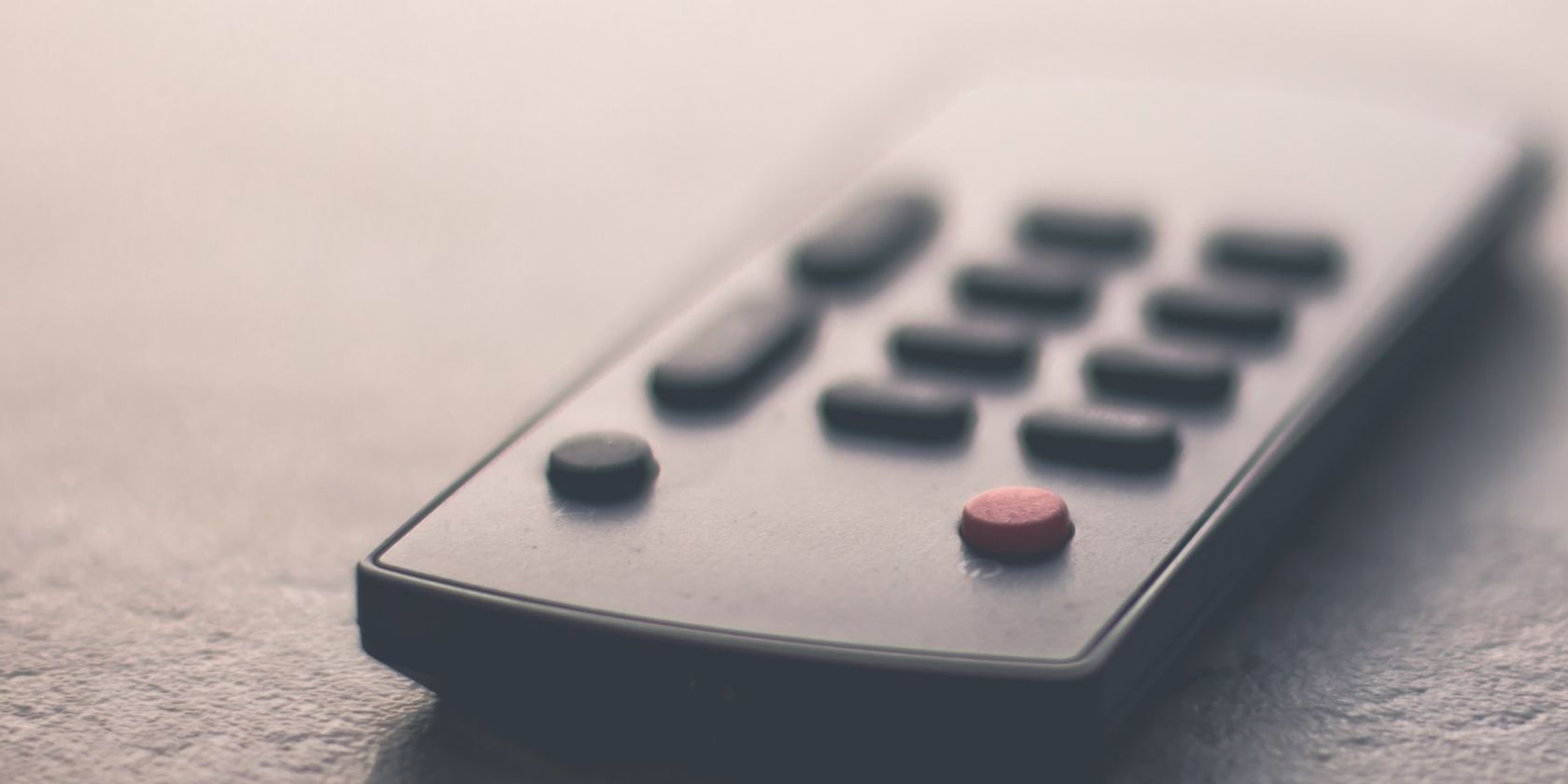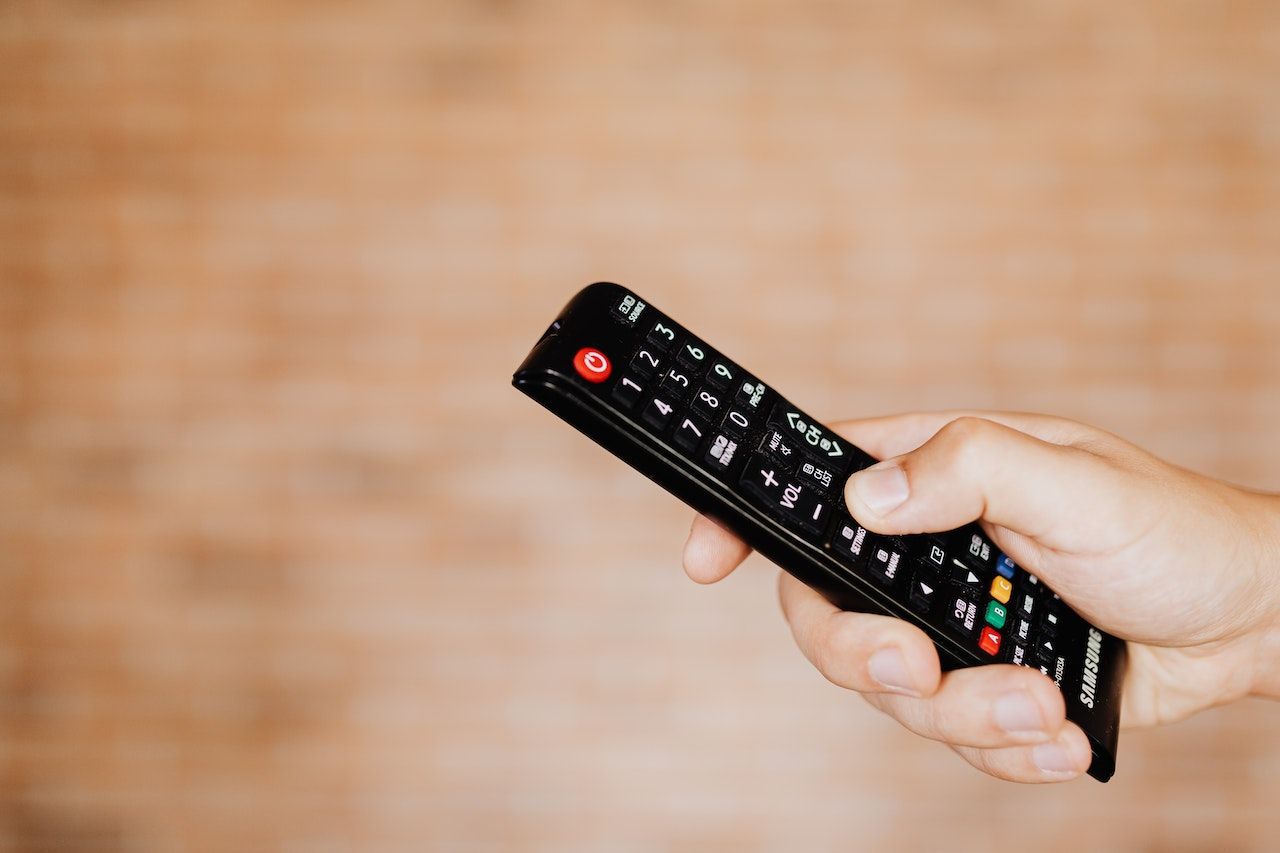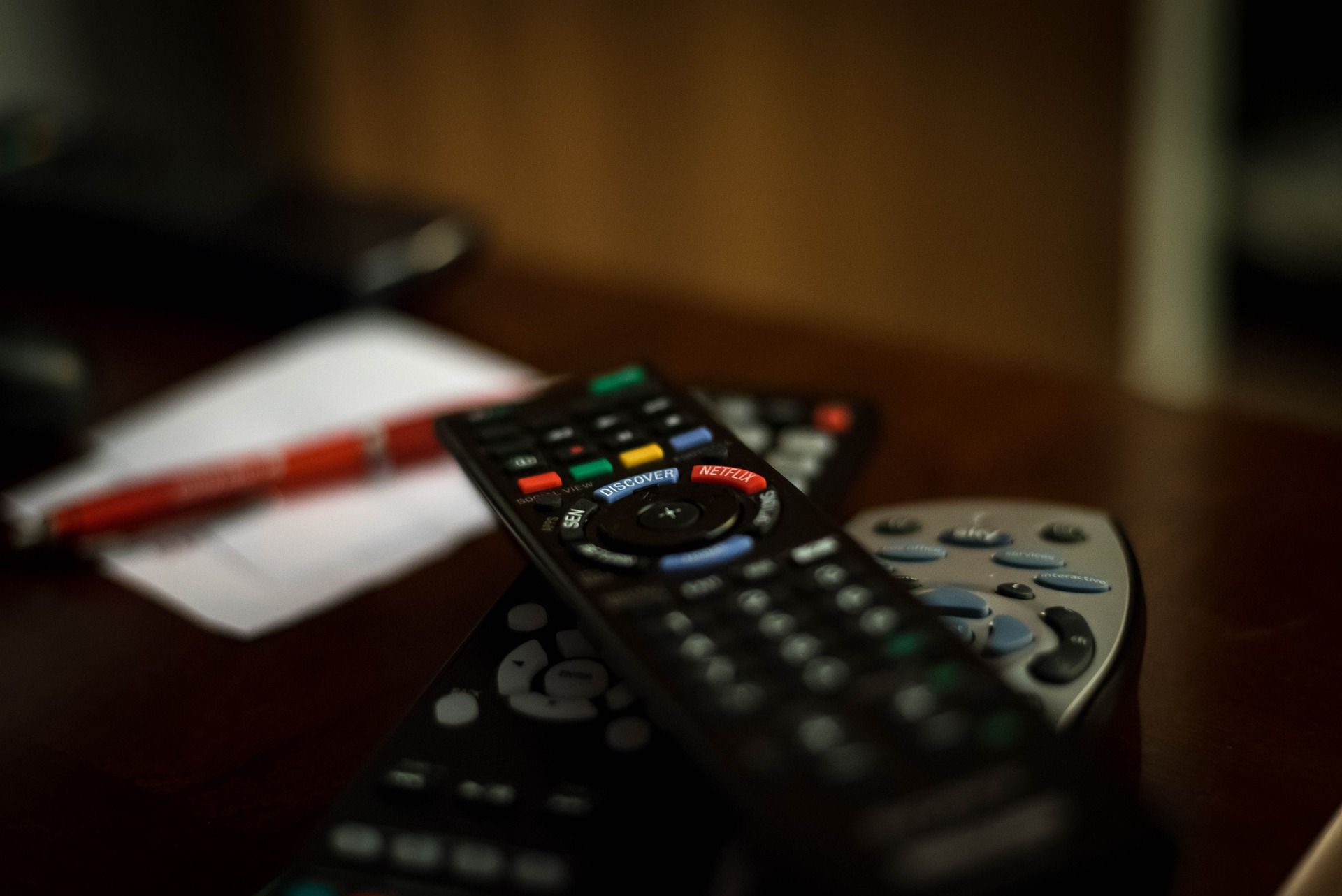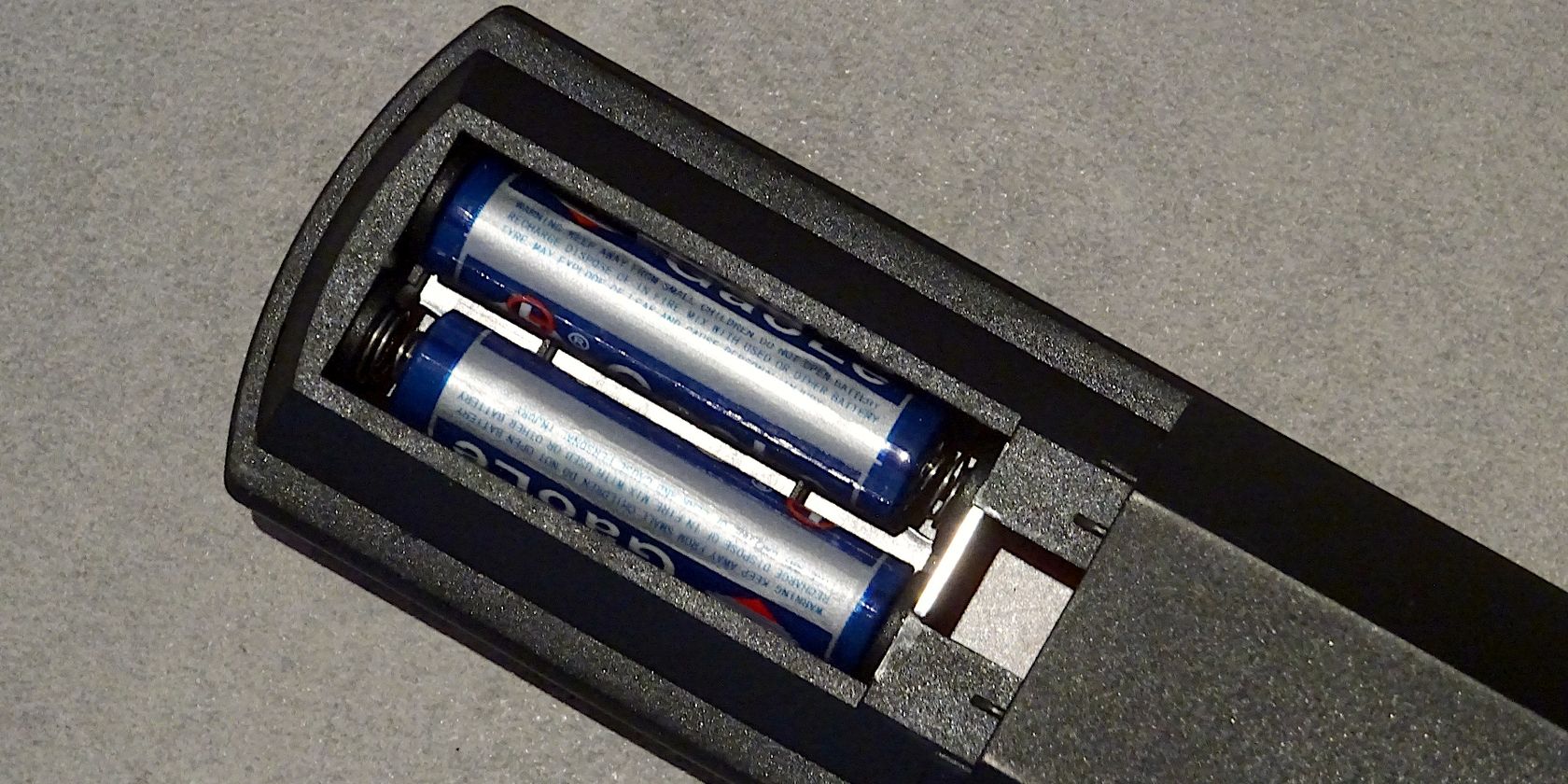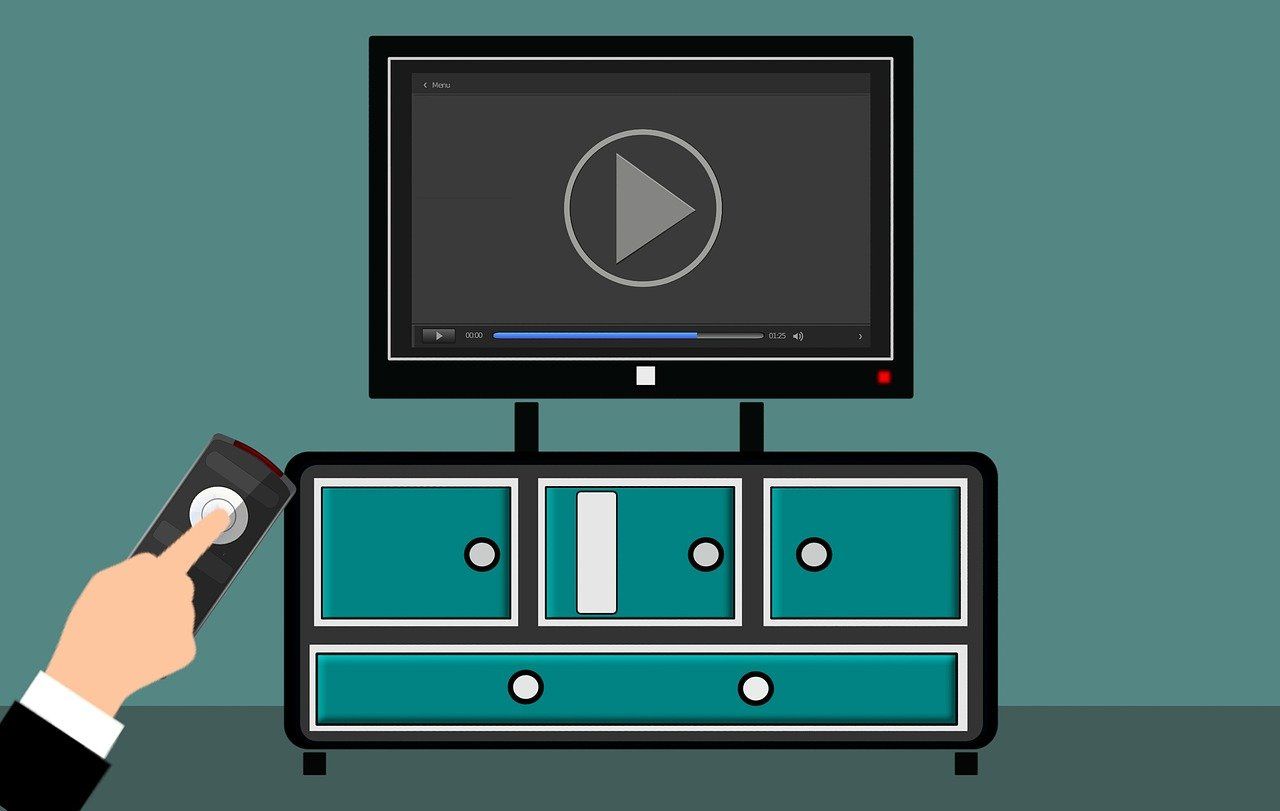The remote control is such a simple yet powerful device. Without it, simple tasks like switching between channels would become a chore. Can you imagine how stressful it would be to get up from your couch whenever you wanted to pause your movie?
However, as powerful as they may be, they aren’t immune to malfunctions that cause them to work poorly or stop working altogether.
8 Common Remote Control Issues
Remote control glitches happen all the time, and some remote control issues are more common than others.
1. The Buttons Stop Responding
Everything has a useful life expectancy, and remote controls are no exception. Old remote controls are more likely to have the issue of one or more buttons not working. This could be caused by prolonged use, misuse, or damage.
2. Internal Component Failure or Damage
Like other electronic devices, remotes have internal components that help them work, much like a computer’s motherboard. Once a part of this internal system is damaged, it could hinder the remote’s working capabilities.
3. Battery Issues
This is one of the most common issues that remote controls face. A weak or dead set of batteries could impair your remote’s performance.
This issue is more likely with your frequently used remotes, like your TV remote.
4. Interference from Other Devices, Objects, or Furniture
Has your phone ever accidentally paired with a random device whose Bluetooth happened to be on at the same time as yours? Sometimes, your remote control might not work because another device interferes with its signal.
Another possibility is that a piece of furniture is obstructing the signal between your remote and its device.
5. Remote Control Codes not Matching the Device
Some remote controls are universal and can control multiple devices across different brands. You can use these universal remotes if you program them by selecting a code that matches your device.
However, when you select the wrong code for your device, it will not respond to the remote’s commands. You can check out our recommendations on the best universal remote controls for your home.
6. Wrong Remote Control for the Device
Many electronic and electrical devices are controlled with remotes, meaning you can have more than one in your home. If you have a preferred brand (maybe Samsung), most of your remotes could look similar, leaving you pointing the AC remote at the TV.
7. Remote Control Software/Firmware Issues
Some devices, like TVs, require you to update their software once an update is released. Sometimes, these updates also apply to the remote control, and failure to update both could affect how well your remote works.
Sony is an example of a brand that updates its TV software and also requires these updates on the remote control. Usually, you will receive a notification on your TV that an update is available.
You can either carry out the update instantly or do it later.
8. Distance
You may have experienced your Bluetooth speaker disconnecting from your phone once you’ve left the room with the speaker to another end of the house.
Remotes work similarly to Bluetooth devices in that they must be within a certain range to communicate with the device (your remote control uses infrared light instead of Bluetooth). If you are too far from your device, it may not respond to the remote’s commands.
7 Tips for Troubleshooting Remote Control Issues
Using an unresponsive remote control is one of the most frustrating experiences. The good news is that getting your remote to work again doesn’t need rocket science knowledge. With these tips, you can have your remote control working again in no time.
1. Check the Batteries
Battery issues are undoubtedly the most common remote control issues you’ll face. Fortunately, fixing them is a piece of cake.
First, confirm that your batteries are placed correctly. Most remote controls have a removable lid positioned at the back to store batteries, and they typically have instructions placed in the battery slot. For instance, you might have ‘+’ and ‘-”, and you are to place the batteries by matching the symbols exactly as they are on the battery.
Additionally, check if the batteries are due for replacement—they are due if they are leaking or corroded. Replace them, and your remote should work again.
2. Remove Interferences and Adjust the Distance
If more than one device responds to your remote, it helps to keep such devices away from each other. Alternatively, you can turn the devices off when not in use. And ensure you provide a direct line of sight between the remote and device within a short distance.
3. Clean the Buttons
Remote control buttons work with sensors, and particles such as dust and dirt could hinder those sensors from working. It helps to clean the buttons on your remote control regularly to avoid this. A dry cloth should get the job done.
4. Try Different Angles
While this seems like a funny suggestion, you’d be surprised how many times it has proven effective. Depending on how your house is set up, you may be pointing the remote too high or too low for it to communicate with its device.
Changing the angle at which you’re pointing the remote helps in such cases.
5. Reprogram the Remote Control
If you use a universal remote, you may be using the wrong set of codes. With your user’s manual, reprogram your remote by selecting the code that matches the device you want to operate.
6. Reset the Remote Control
Sometimes the reason your remote control isn’t working is because of errors that occurred in the setup process. An easy way to deal with this is to reset it.
There are multiple ways to reset a remote, depending on what brand you use. Common ways include turning it off and on, taking out the batteries, and long-pressing the power button. If you use a Roku TV, there are more specific troubleshooting tips for your Roku TV remote control.
7. Replace the Remote Control
This is usually the last option for troubleshooting an unresponsive remote control. Earlier, we mentioned that everything has a lifespan, including remote controls.
Whether from wear and tear or damage, remotes get to a point where you must let them go and replace them. However, if it is a TV remote, you do not need to throw them away completely. You can repurpose your old TV remote to serve several purposes within your home!
The Myth of Hitting Your Remote Control to Bring It Back to Life
Much of the knowledge we have today has been passed across generations, helping us solve even modern-day problems. One such morsel of knowledge is slapping your remote control to make it work again. But what about whacking your remote spurs it back to life?
The first reason hitting your remote control is advised is incorrect battery placement. There’s a possibility that your batteries can move out of place inside your remote. Sometimes, hitting it shifts it back in place, and your remote starts working again.
A second reason is that hitting your remote control removes traces of oxidation on the battery and spring. Batteries conduct low current levels, which cannot break through oxidation layers. So when you hit your remote control, causing the battery and spring to rub against each other, the oxidation layer is removed, and the current flow is unrestricted.
Still, whacking your remote control can have unintended consequences. For example, you might break its internal workings, crack the remote control case, dislodge electronic components, etc.
Ease Through Life With Your Remote Controls
TVs, decoders, air conditioners, and many other devices depend on remote controls to function conveniently. You would have to endure much stress to use your devices without them. Keeping your remote control in good working condition is one way to guarantee comfort in your home.
Fortunately, this is easy to do. Practice preventive care measures such as changing your batteries regularly and keeping your remote clean.

